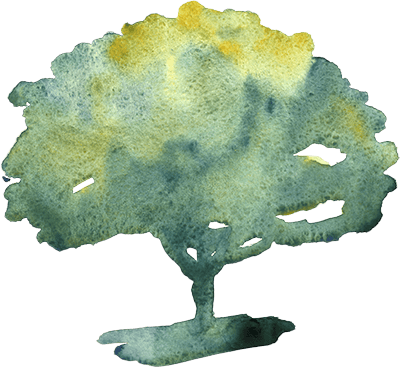Cultural Heritage and Traditional Practices
Storytelling
The art of storytelling plays a pivotal role in Australian Aboriginal culture. Stories passed down through countless generations encapsulate the wisdom, traditions, and laws of Indigenous people. They are often intertwined with Dreamtime stories, the Aboriginal understanding of the world and its creation, which imbue the landscape and sacred sites with deep spiritual significance.

Songlines
Songlines, or Dreaming Tracks, are an intricate part of Aboriginal spirituality and connection to the land. They are the living narrative of the Dreamtime, describing the routes followed by ancestral spirits as they created the land, animals, and plants. Songlines can span vast distances across the country, and each Aboriginal group is responsible for a specific portion of a Songline. Singing these songs in the appropriate sequence ensures the land’s fertility and sustains life cycles.

Art
Art is a central medium through which Aboriginal people express their connection to the land, spirituality, and ancestors. From rock art and bark painting to contemporary canvas painting and sculpture, Aboriginal art is diverse and regionally distinct. It often portrays Dreaming stories, ancestral beings, and landscape features related to specific Places of Gathering.

Dance and Ceremony
Dance, or corroboree, is another crucial aspect of Aboriginal cultural heritage. Specific dances and ceremonies, often combined with body painting and costume, are performed during gatherings to narrate Dreamtime stories, mark special occasions, or pass on cultural knowledge. These dances are deeply connected to specific Places of Gathering and remain an essential practice in preserving cultural identity.

Language
Language is a powerful symbol of cultural identity for Aboriginal communities. Australia was home to hundreds of languages before European settlement, each associated with different tribal groups and regions. Although many of these languages are endangered today, revitalization efforts are underway. These languages carry unique ways of understanding the world and are often linked to specific cultural sites and landscapes.

Traditional Knowledge and Practices
Aboriginal cultural heritage encompasses a wealth of traditional knowledge and practices. From the use of fire for land management to complex fishing and hunting techniques and the use of native plants for food and medicine, these practices are closely tied to the land and sustainable living. They represent thousands of years of experimentation and innovation and are a testament to Aboriginal people’s profound understanding and respect for their environment.

Cultural Protocols
Cultural protocols in Aboriginal communities dictate how to approach sacred sites, interact with elders, participate in ceremonies, and use Aboriginal art and stories. These protocols vary among communities and regions and are integral to respecting and preserving Aboriginal cultural heritage. It’s essential to understand and adhere to these protocols when visiting Aboriginal Places of Gathering.
By engaging respectfully with these cultural practices and protocols, we can foster a deeper understanding and appreciation for Aboriginal cultural heritage. This understanding is key to preserving the integrity and ongoing cultural significance of Aboriginal Places of Gathering. Delve deeper into these cultural heritages and traditional practices.

